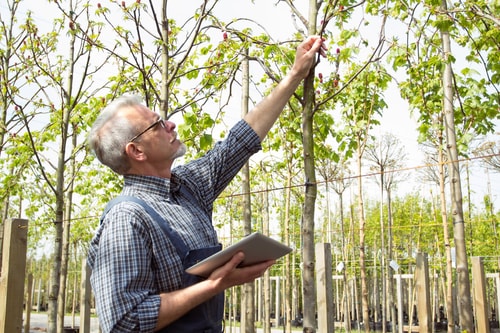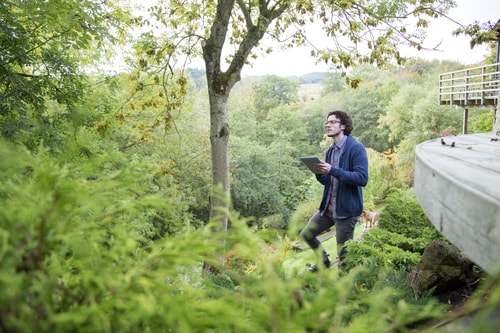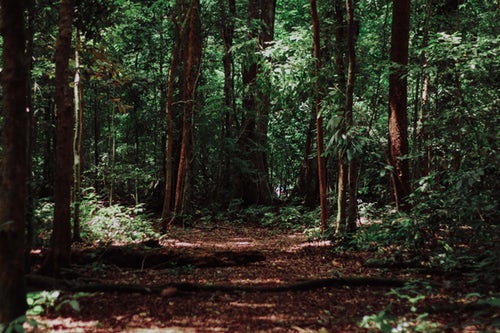Trees in your yard or garden need to be inspected regularly, especially before and after harsh weather conditions, such as a major storm or high winds. Since owners are usually familiar with their trees, they can (to some extent) examine them on their own. Inspection can helps prevent accidents from cracked branches and unstable trees. Regular inspection also protects a tree’s health by identifying disease and other threats.
Use these tips to inspect your tree thoroughly:

-
Look at the big picture
Walk a few paces from your tree and look at its entirety, surveying the general condition. If it’s leaning, try to gauge how far it leans; it could be in danger of falling. Pay attention to branches; do any look diseased, broken, or cracked? Dead branches might be clustered on a single side or portion of the tree.
-
Scan the crown
Use binoculars to examine the tree’s crown, composed of branches and leaves. One way of identifying a dead branch is a lack of leaves, absence of bark, or the presence of mostly brown-coloured leaves. The location of the dead branch or twig is also important. If it’s on the lower part of the tree, it might suffer from lack of sunlight. If it’s on the upper portion of the tree, however, it could be cause for concern.

-
Check the trunk
Walk around the tree and examine the trunk carefully. Keep an eye out for cavities and cracks. How large are they and how deep? Cracks present a hazard, causing a tree to break. Any areas of the trunk where bark is missing could also indicate infection or pest infestation. If the tree has more than one trunk, scrutinize the trunks and their point of intersection for possible weakness. Usually, a “U” shape indicates a strong connection and a “V” shape represents a weak one.
-
Look down at the ground
Survey the tree’s base and roots. Larger roots keep a tree steady and upright; smaller roots absorb nutrients and water through the soil. Trees that look healthy could still have root issues. Check the base of the tree for any problems in the trunk. Take a look at the soil around the tree. Does the ground have cracks? Does it have elevated areas near the tree? Mushrooms growing on the trunk or roots also signal infection or decay.

Assessing your tree helps you determine its health and can safeguard nearby people, pets, and property. If you notice signs of damage — or if you’re unsure and need advice — call an arborist.
For a safe and thorough inspection of your tree, including the hard-to-reach top section, call the tree service experts at Great Northern Regreenery in Ontario. Get in touch with us at (905) 775-7444.





